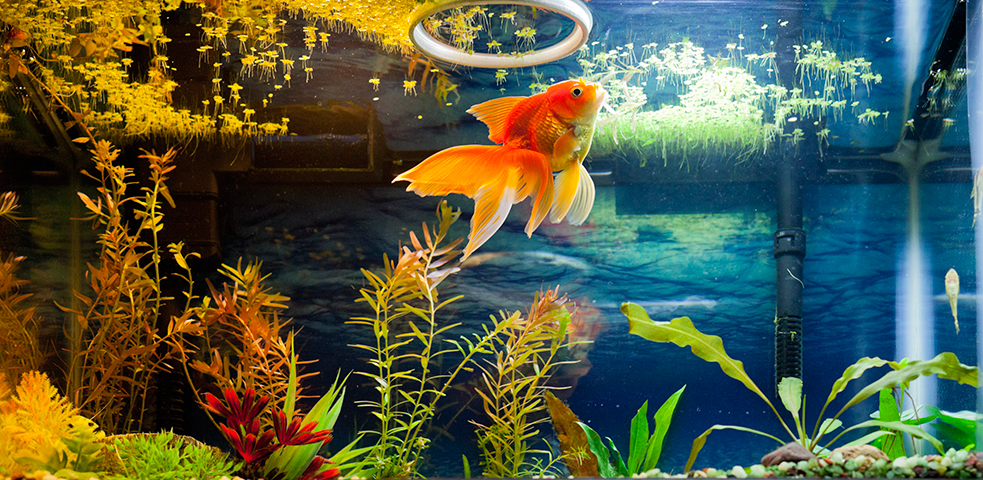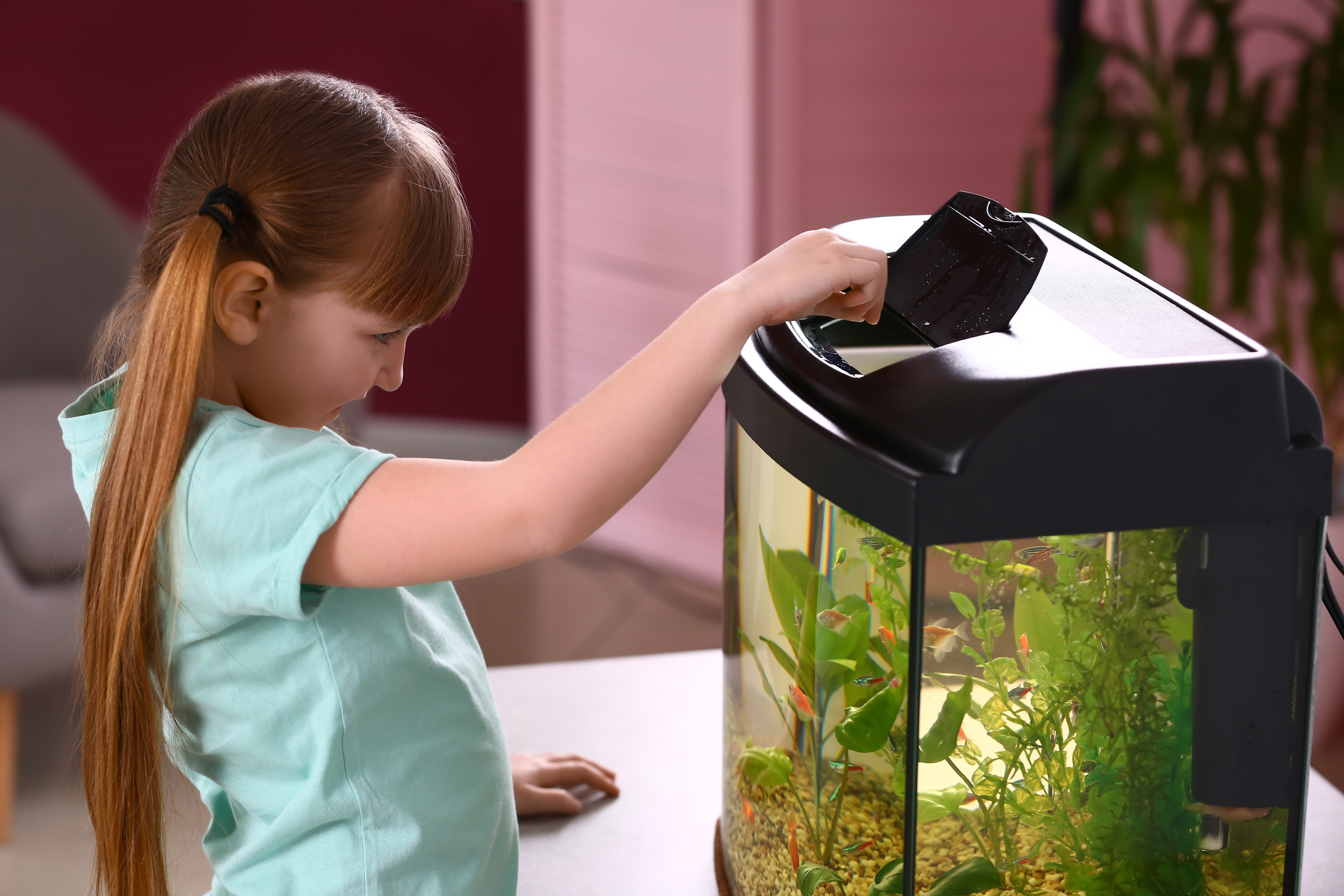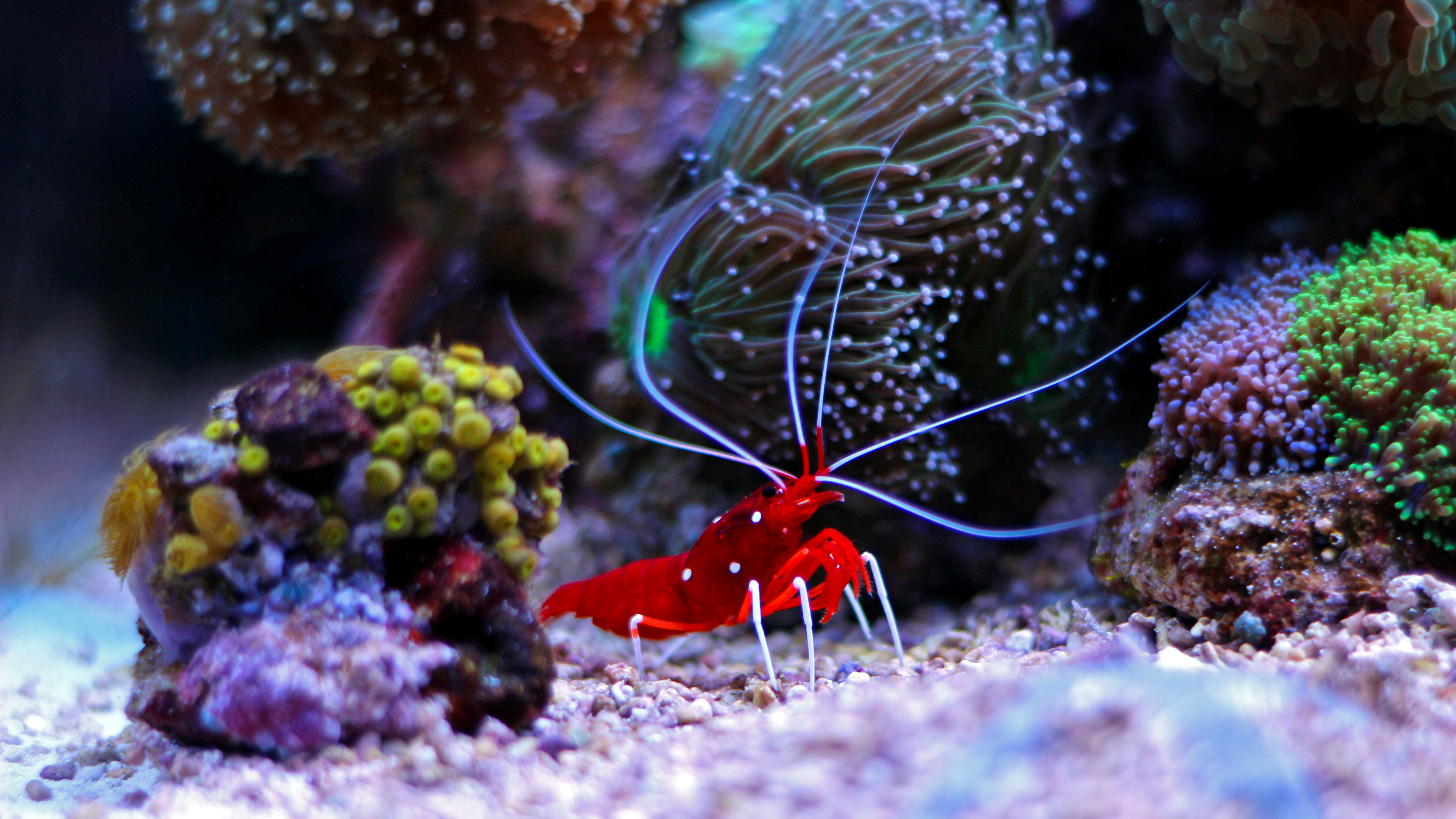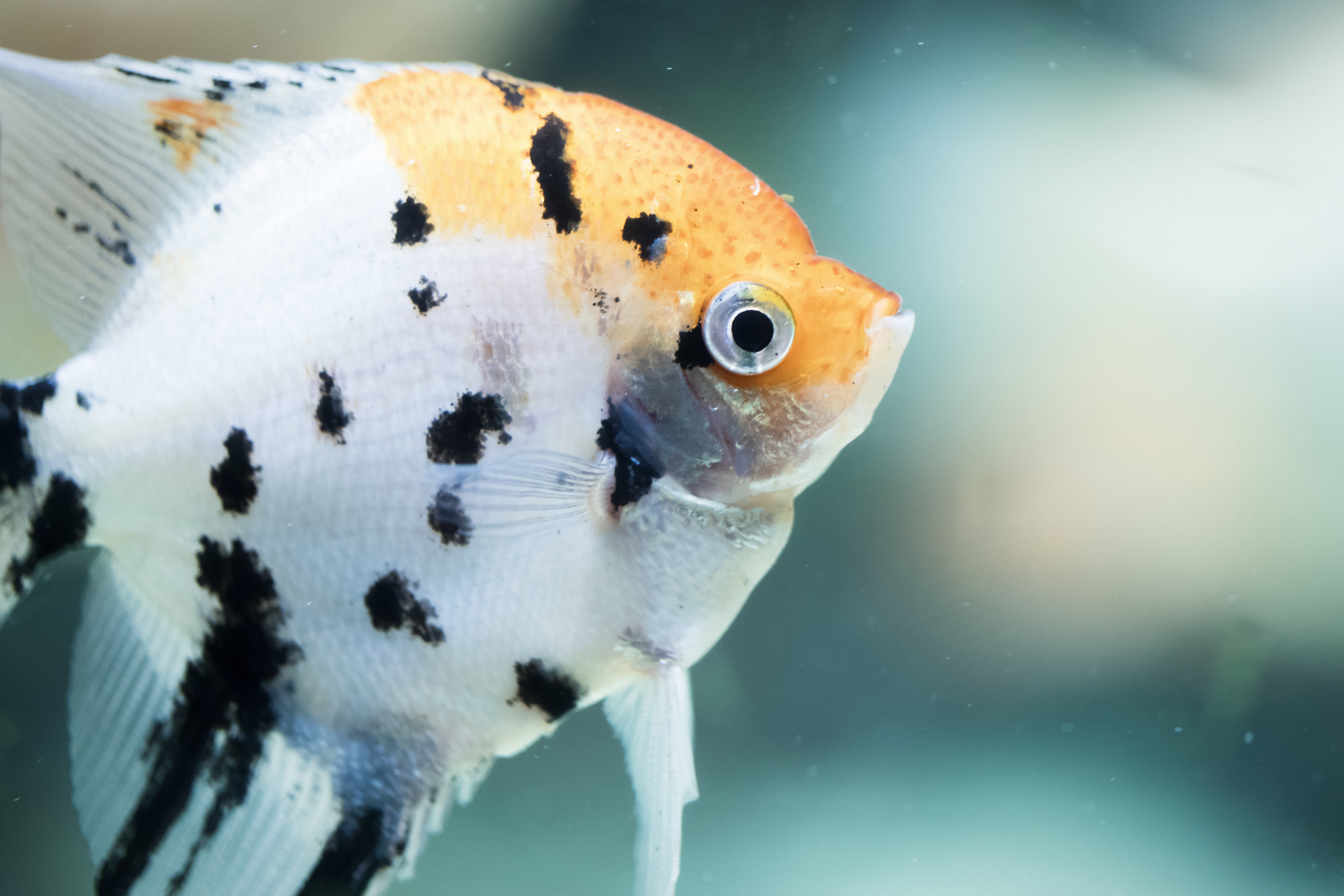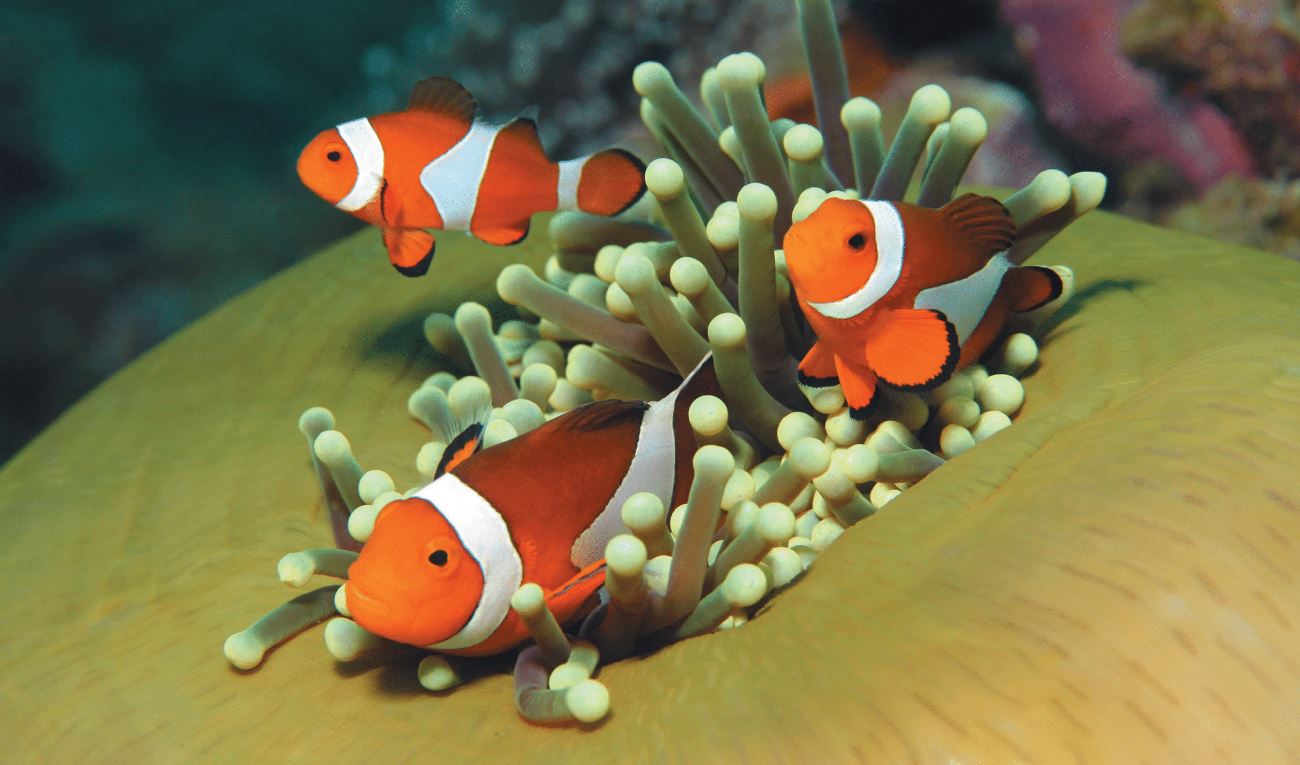Suit Their Needs
Joe Olenik //November 30, 2016//
Setting up an aquarium for the first time can be a daunting venture for many consumers. The tasks of selecting the right tank size, filter, lighting and other aspects are enough to make one’s head spin.
When you add to that the alternatives that consumers have for spending their leisure time and money, it become obvious that retailers face some major challenges to recruit new aquarium hobbyists. Aquarium starter kits, which combine quality and variety as they continue to evolve and improve, offer the perfect solution for consumers while also allowing retailers to ultimately reap the rewards.
Changing Times
Veterans of the aquarium trade will remember a time when a typical “starter kit” involved retailers assembling a 10-gallon aquarium, incandescent light/hood, a corner box filter with filter floss and some carbon, an air pump, a bag of gravel and samples of flake food and water conditioner. A clip-on heater and thermometer were “add-ons” while instructions were minimal or nonexistent. The success rate among new aquarists was abysmal, and many of these kits often ended up in the local rummage sale.
Over the years, manufacturers began putting together equipment inserts wrapped in cellophane, based on the intended aquarium size. These inserts made creating starter kits simpler, but the cellophane frequently tore, spilling the contents into the tank. In addition, experienced hobbyists frequently wanted to switch out the filter or heater for their favorite brand, which resulted in retailers going back to creating their own setups.
Looking back, it’s a wonder retailers were able to get as many people involved in fishkeeping as we did. In many cases, it was the passion for aquariums—handed down from one generation to the next—that sustained interest in the hobby. Manufacturers eventually recognized the shortcomings of their early efforts and developed starter kits and marketing strategies designed to attract new aquarists.
High-quality, user-friendly filters, LED lighting, reliable submersible heaters and copious instructions for setup, choosing fish and ongoing maintenance tips are all standard features in today’s kits. In addition, starter kits featuring bowfront, hexagon, cube, column and “widescreen” aquariums have become commonplace, adding some exciting options to the traditional selection of rectangular tanks.
Catch Their Attention
You want to get shoppers and your staff excited about setting up an aquarium. If you haven’t already done so, create an aquarium starter kit display at the entrance to your store or fish department. Check with local distributors for Christmas specials and stock up.
Assemble one or two kits out of the box, plug in the lights and decorate the kits with seasonal themes or your local sports team. Place ribbons and bows on the boxes, and have pricing clearly visible. Offer discounts on décor and maintenance packages or even include some free starter fish!
Big or Small?
Beginner aquarists don’t always have a preconceived notion of the type of fish they want for their aquarium, so it’s a good question to ask. Have them browse your livestock aisles and identify fish that appeal to them, then gear their setup accordingly. For example, angelfish do best in taller aquariums, schooling fish need more length for swimming space, and cichlids need a lot of territory on the bottom. If all the customer wants is a betta, a nano tank will suffice.
Newcomers to fishkeeping often gravitate toward smaller tanks, thinking they will be less intimidating, less work, less expensive and take up less space. While the last two are certainly true, larger aquariums are much more forgiving of beginner mistakes and more conducive to long-term success. Beginners should be encouraged to start with a tank as large as their available space and budget will allow. Avoid gimmicky movie- or TV show-themed kits that are impractical or have low-quality equipment.
Considering how budget is often a big factor in a purchase, it’s acceptable to ask shoppers how much money they’re thinking of spending. There is no benefit to showing someone a starter kit that is out of their price range. In fact, it may deter them from making an aquarium purchase. Always extol the virtues of larger aquariums; avoid focusing on the “limitations” of desktop and smaller tanks. Most consumers will spend a little extra if they feel the benefits justify doing so.
Once the appropriate kit has been selected, it will need to be accessorized with substrate, décor and maintenance equipment. Decorations not only provide valuable cover for certain fish, but they also allow customers an opportunity to personalize their new aquarium’s habitat. Be sure to offer a complete selection of accessories near the starter kit display, and inform staff members to assist shoppers in selecting these items.
Marine fishkeeping is increasing in popularity, so don’t hesitate to suggest a saltwater setup to customers. Novice aquarists make perfect saltwater hobbyist candidates as they have no preconceived notions or bad habits that need to be broken. While high-quality traditional boxed kits can be adapted to fish-only saltwater applications, another option is the integrated nano tank kit, with high output lighting and filtration designed specifically for reef aquariums.
The future of the aquarium trade is dependent on recruiting new hobbyists and ensuring their long-term success. High-quality, all-inclusive, easy-to-understand starter kits can help retailers accomplish this. Coupled with a well-trained staff and a diverse selection of accessories and healthy livestock, your future is secure!
